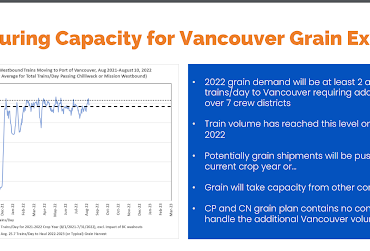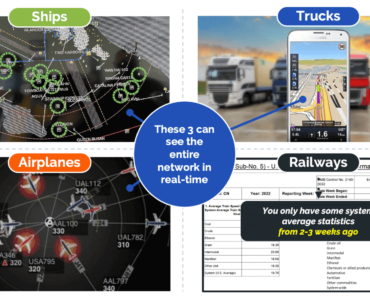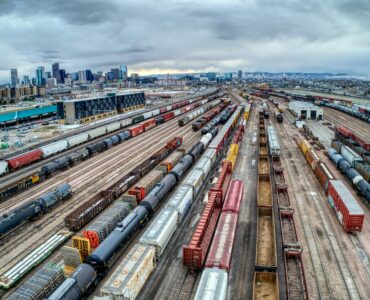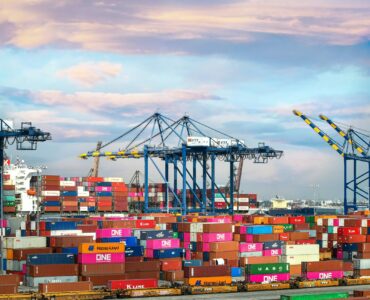21 Sep
Canadian Grain Rail Capacity Report – 9/21/2...
With a larger grain harvest expected this year, our clients and others are concerned about rail capacity at Vancouver.
07 Sep

“Grain Meltdown”
The Canadian grain harvest is expected to be the third-largest in the country’s history, increasing 42% since last year. Last year’s harvest saw ample service disruptions and delays, due to fires, flooding, and other weather conditions. This year, with 27
06 Sep

Freight Service Lacking for Chemical Shippers
Chemical shippers have yet to see rail service improvements, according to Freightwaves. A poll showed that forty-six-percent of shippers agree that service delays seem to be getting worse, with issues like longer transit times, missed switches, increased demurrage charges, reduced
26 Jul

The Gap in Data “Tracking”
We posted about a blog from Supply Chain Dive called “Tracking the speed, dwell and cars of Class I railroads.” Supply Chain Dive periodically updates this article with “up-to-date” statistics on certain railroads across North America.
06 Jul

White Paper:
“Is the Railroad Network Re...
Our Co-Founder and CCO, John Schmitter, took pen to paper to discuss an ever-pressing question within the rail industry: is it really a “black hole”?
16 Jun

STB Hearings Highlight Need for Rail Network Visib...
You’ve probably heard about the recent Surface Transportation Board hearings regarding railroad service improvements. The complaints are ample, and there’s a consistent theme: the rail industry is in dire need of network visibility.
14 Jun

Visibility with RailState: It’s Time for Rail to...
When it comes to the railroad: you can trace your car and get an estimated ETA based on system average statistics, likely from two or three weeks ago. Unlike the other modes of transportation, there aren’t real-time updates on what
09 Jun

Rail 101 Part Two: Switching and Blocking Cars for...
Part two of this course describes the process of switching and blocking cars for outbound movement on manifest trains.
02 Jun

Speed, Dwell Time, and Cars Online: Class I Rail M...
When it comes to Class I railroads, there are a few metrics used to report performance, and Supply Chain Dive broke them down recently



